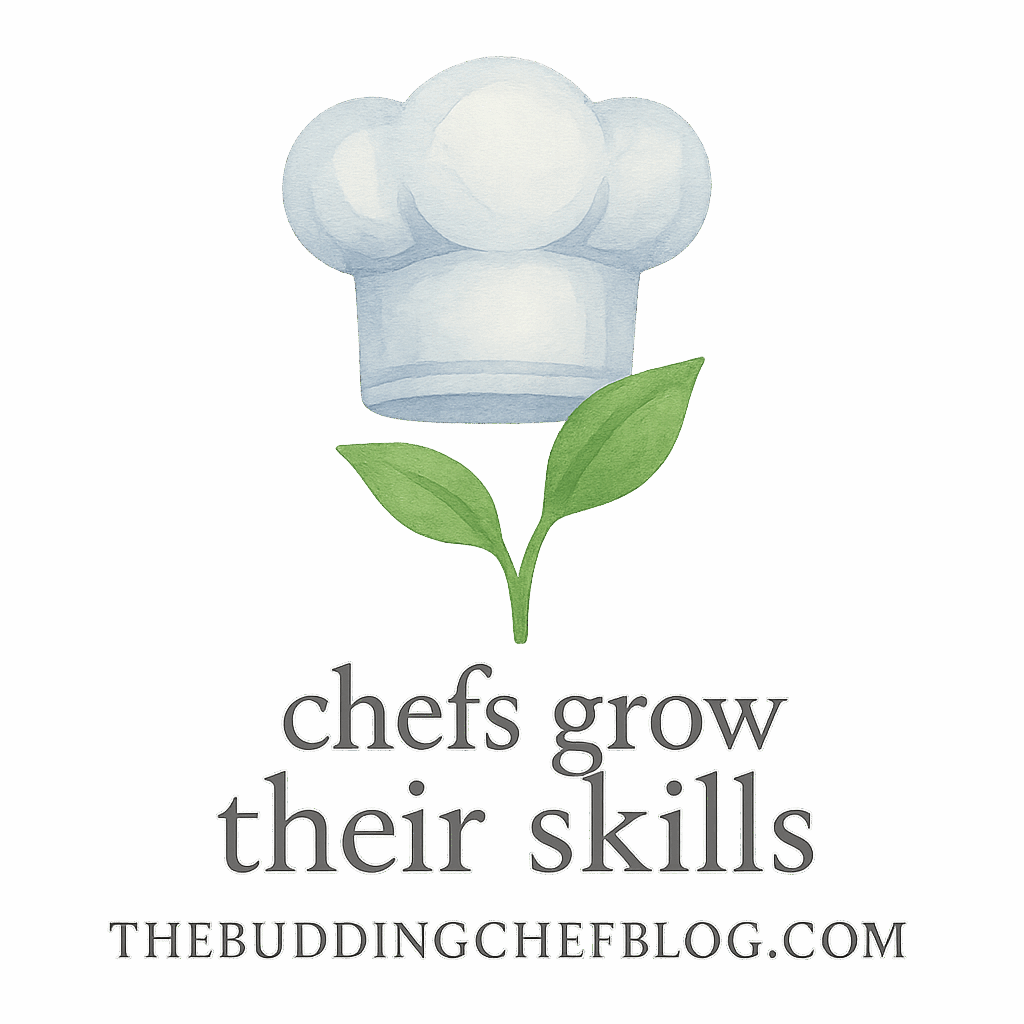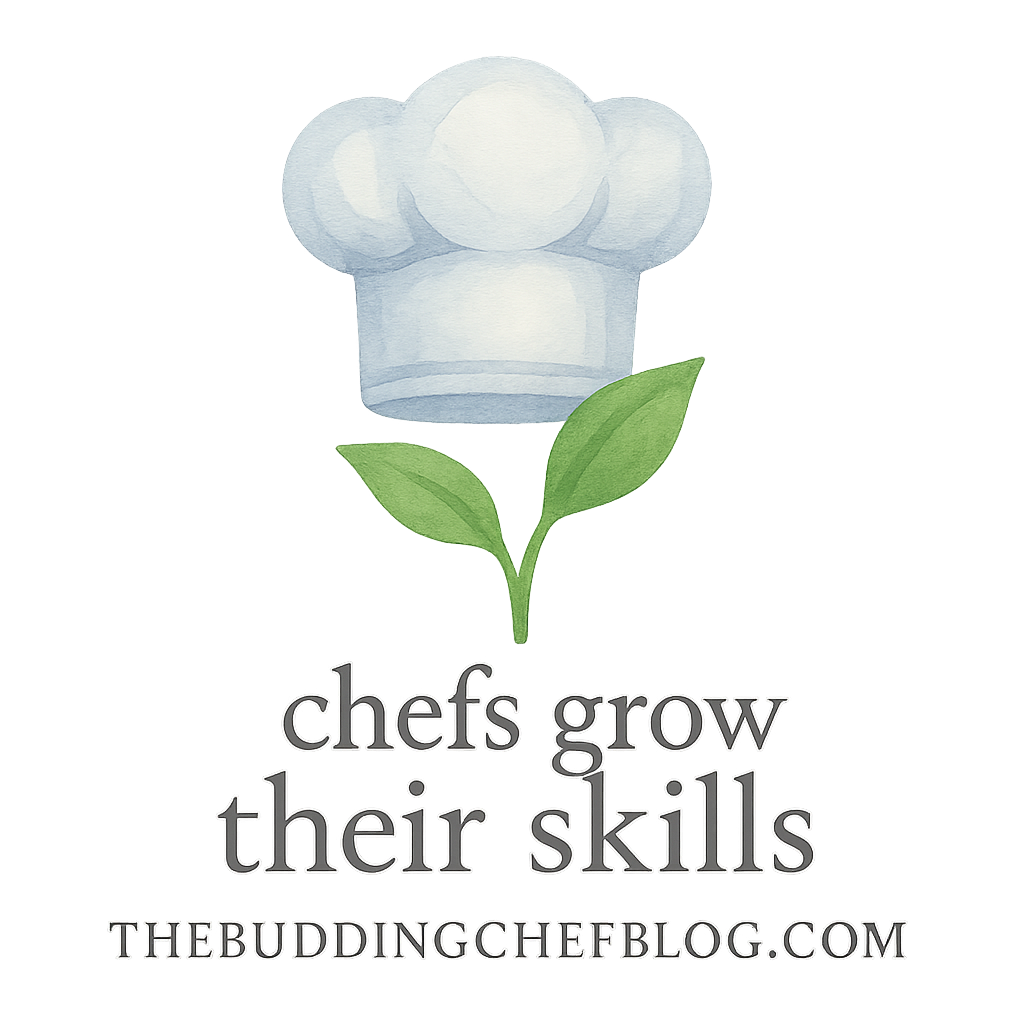Why Having the Right Kitchen Tools Matters
So, you’re stepping into the world of cooking—welcome! Before you start whipping up gourmet meals, there’s one thing you absolutely need: the right tools. Without them, even the simplest recipes can feel like climbing a culinary mountain in flip-flops. Equipping your kitchen with the right gear makes cooking easier, faster, and way more enjoyable. Plus, it’s the first step toward becoming a confident home chef.
For more foundational insights, check out our basic cooking techniques to boost your kitchen confidence from day one.
How to Choose the Right Kitchen Tools
Choosing the right kitchen tools can feel overwhelming with so many options out there. Let’s simplify it.
Quality Over Quantity
You don’t need every gadget on the market. Focus on high-quality, multipurpose items that will last. Think fewer tools, but better ones.
Consider Your Cooking Style
Love making pasta? Prioritize a colander. Into baking? Don’t skip the measuring spoons. Start by thinking about what you’ll cook most often.
Tool #1: Chef’s Knife
A chef’s knife is the MVP of the kitchen. If you only invest in one tool, make it this.
Why Every Beginner Chef Needs One
It chops, slices, minces, and dices. A good chef’s knife feels comfortable in your hand and makes prep work much easier.
Recommended Usage & Tips
- Always keep it sharp (a dull knife is more dangerous).
- Practice your knife skills—visit our ingredient knowledge section to understand textures and cuts.
- Get a knife that’s around 8 inches long—great for most tasks.
You’ll find this essential in nearly every recipe practice you try.
Tool #2: Cutting Board
Your knife’s best friend. Cutting boards protect your counters and your fingers.
Types of Cutting Boards
- Plastic: Affordable, dishwasher-safe.
- Wood: Gentle on knives, beautiful, but requires handwashing.
How to Maintain a Cutting Board
- Sanitize regularly.
- Use different boards for meats and veggies to avoid cross-contamination.
- Keep it dry to avoid warping—especially for wood.
Find other budget-friendly cooking essentials to pair with your tools.
Tool #3: Measuring Cups and Spoons
Cooking may be art, but baking is science—and you need to measure!
Accuracy is Key for Recipes
Even a teaspoon too much salt can ruin a dish. Use dry cups for flour, liquid ones for oil or milk. Don’t guess—measure!
And if you’re trying recipes from our beginner section, measuring right means better results.

Tool #4: Mixing Bowls
A good set of mixing bowls in various sizes makes everything easier—from marinating to mixing batter.
Materials and Sizes to Consider
- Glass: Heavy and sturdy.
- Metal: Lightweight and durable.
- Plastic: Inexpensive and kid-friendly.
Look for nesting bowls to save space—especially important for beginner chefs building a small kitchen.
Check out our article on kitchen tools and equipment to discover what else you might need.
Tool #5: Non-Stick Skillet
If there’s a kitchen hero for breakfast, lunch, and dinner—it’s the non-stick skillet.
Versatility in Everyday Cooking
Perfect for:
- Scrambled eggs
- Pancakes
- Stir-fries
- Searing meat
Care and Maintenance Tips
- Use silicone or wooden utensils to avoid scratching.
- Don’t overheat—non-stick coatings can get damaged.
Visit our tag: cookware section for more skillet-savvy insights.
Tool #6: Saucepan
Boil, simmer, reheat—your saucepan does it all. Ideal for soups, rice, and sauces.
Why It’s a Must-Have
- Even heating for better cooking.
- Choose a medium size for flexibility.
- Go with a lid—it’s a game-changer for steaming and simmering.
Explore more cooking skills to use with your saucepan.
Tool #7: Baking Sheet
Spoiler alert: You’ll use a baking sheet for way more than cookies.
Not Just for Cookies
- Roast veggies.
- Bake chicken.
- Toast bread.
Invest in a rimmed sheet to avoid spills. Use parchment paper to make cleanup easier—you’re welcome.
Tool #8: Spatula and Tongs
Handling food without the right utensils? It’s like painting without a brush.
Essential for Flipping, Stirring, and Serving
- Spatula: Great for flipping pancakes, scraping bowls.
- Tongs: Best for tossing salad, turning meat, or serving pasta.
Look into building your toolkit with essential chef habits.
Tool #9: Colander or Strainer
No one likes soggy pasta or gritty veggies.
Draining Pasta, Washing Veggies
Use a colander to:
- Drain cooked pasta.
- Rinse fruits and veggies.
- Wash canned beans.
It’s a small tool that makes a big difference—and shows up in tons of our meal planning guides.
Tool #10: Digital Thermometer
Guessing if your chicken is done? Don’t. Use a thermometer.
Perfectly Cooked Proteins Every Time
- Prevents overcooking or undercooking.
- Helps ensure food safety.
Use it to nail doneness every time. That’s what separates a beginner from a confident chef.
Learn more in our professional growth section.
Bonus Tools Worth Considering
Once you’ve got the essentials, consider adding:
- Microplane (zester/grater)
- Peeler
- Can opener
- Whisk
Explore our tag: improvementchefs to find ways to level up.
Organizing Your Beginner Chef Kitchen
Storage matters just as much as tools. Use drawer dividers, magnetic knife racks, and clear containers for dry goods. Keep your most-used items within arm’s reach. A tidy kitchen is a happy kitchen!
Visit The Budding Chef Blog for more tips on organizing like a pro.
Conclusion
Getting started in the kitchen doesn’t have to be complicated. With these 10 essential kitchen tools, you’ll be well-equipped to tackle recipes, gain confidence, and start loving the process of cooking. Remember—every great chef was once a beginner. Start simple, invest in quality, and keep practicing.
Ready to dive deeper into your culinary journey? Browse more content under tag: beginnerchefs, tag: practice, and tag: success.
FAQs
1. What is the most essential kitchen tool for a beginner?
A chef’s knife—it handles most cutting tasks and improves efficiency.
2. Are non-stick pans safe for beginners?
Yes, as long as you use them properly and avoid overheating.
3. Do I need both dry and liquid measuring cups?
Absolutely. They serve different purposes and ensure accuracy in recipes.
4. How often should I sharpen my chef’s knife?
Every few months, or more often if you cook regularly.
5. Can I use one mixing bowl for everything?
Technically, yes—but having a few in different sizes will make your life easier.
6. What size saucepan should I start with?
A medium 2-3 quart saucepan is a versatile starting point.
7. Do I need all 10 tools to start cooking?
Not immediately, but having these essentials sets you up for success and saves frustration.


